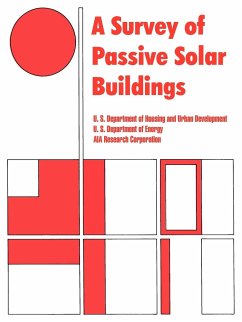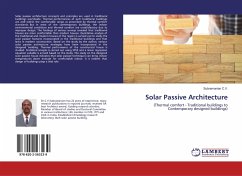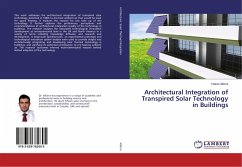This publication of passive solar projects built in the United States has been prepared to document the state of the art in passive solar design. Passive solar heating and cooling can provide a major percentage of the buildings' energy requirement, while at the same time representing a heightened level of involvement for the architect in the design stages of the building. The full potential of this passive conditioning depends on a sensitive awareness of the relationship between climate, comfort, and the thermal characteristics of buildings and building materials. Passive solar systems are often misunderstood and vaguely defined. Many of the approaches to passive solar heating and cooling are at rudimentary stages, with little performance data and evaluation, few modeling techniques, and minimal published information. Yet for the building designer and the occupant, these concepts have major implications in the design and use of buildings. The purpose of this publication is to offer a working definition and a basic understanding of a number of existing applications of passive solar designs. Methods of passive solar design are not presented in this publication; nor are rules of thumb or passive solar assemblies and components. These subjects will be addressed in later publications. A reference bibliography has been included to assist the reader who desires more information and to stimulate additional individual research and testing. Passive design techniques can be integrated in an additive fashion in more typical buildings -but this challenge for now, is left to the reader.








